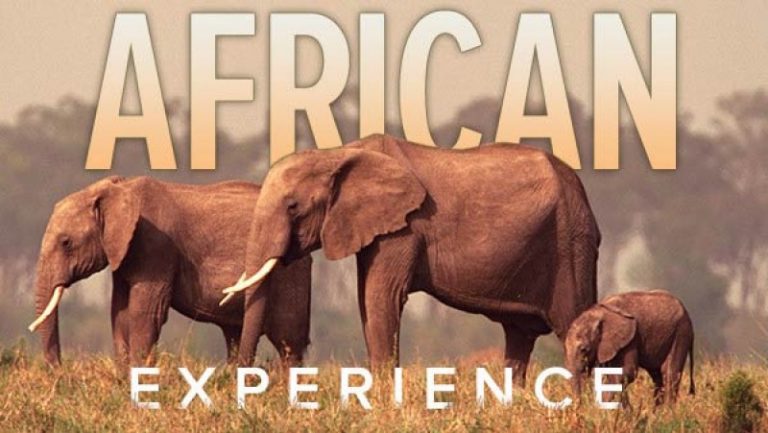Africa is bigger than Europe, China, India, Argentina, New Zealand, and the continental United States combined.
To many in the West, Africa has often seemed to be the Lost Continent—“lost” in two senses. The first would be lost from view: Many in the west simply don’t hear much or know much about the place and its past. The second would be “lost” in the sense of hopelessly lost: What people in the west do hear seems overwhelmingly negative, dominated by poverty, disease, disasters, violence, and tyranny.
This imagery itself has a long history in the West, as intellectuals and ordinary folk alike have dismissed Africa as the very repository of “savagery.” Passages from Hume, Hegel, and 20th-century historian Hugh Trevor-Roper illustrate this notion.
History is often described as a drama; if true, it is played out on a stage.
Size
- The second-largest continent, Africa is more than three times the size of the continental United States.
- Africa is bigger than Europe, China, India, Argentina, New Zealand, and the continental United States combined.
Weather
Generally speaking, Africa’s climate is warm year-round.
- That year-round warmth and the great age of the African landmass have led to the decomposition of organic matter; thus, Africa’s soil is generally poor, with only about eight percent being cultivable and only about three percent that can be considered fertile.
- Year-round warmth also means that the climate is hospitable to microbes and the diseases they cause, such as malaria, yellow fever, and sleeping sickness.
Landmass
- The Sahara is the world’s largest, though the Kgalagadi (Kalahari) and Namib in the southwest corner and the desert regions in the “Horn” (Somalia/Ethiopia/northern Kenya) mean that this type of environment covers a huge portion of the African landmass.
- Between the Sahara and the great belt of savanna to its south lies the transitional zone known as the Sahel (from the Arabic for “shore”—in this case, the southern shore of a great ocean of sand).
- As the Sahara expands, by definition, the Sahel and savanna shift southward, too.
- Much of the whole region is taken up by the unparalleled vastness of the Sahara—the world’s largest desert but also its youngest.
Victoria Falls
- One of the wonders of the Earth: the Victoria Falls on the Zambezi River.
- The Zambezi, a mile wide at this point, plunges into a narrow chasm more than 350 feet deep.
- The river continues downstream, of course, but leaves the chasm through an outlet barely 100 yards in width.
- The colossal energy released by the river’s fall explains the local name, Mosi oa Tunya—“the smoke that thunders”—reference to the clouds of spray and deafening roar.
- The falls as a whole can be seen only from the air. Perhaps Livingstone said it best:
“Scenes so lovely must have been gazed upon by angels in their flight.”
The Cradle of Humankind
- For some time now, there has been general recognition that humankind emerged first in Africa. Two kinds of evidence point to this conclusion: fossil remains and DNA.
- The overwhelming balance of evidence shows that humanity, in the broadest sense, originated in Africa. The rest of the world was populated “out of Africa.” But what makes a human? The following are the characteristics usually thought to separate us from other animals:
A. Bipedalism.
B. Enlarged brain capacity.
C. Language.
D. Regular manufacturing and reuse of tools.
- Beginning in the 1930s, the tireless efforts of the Leakeys (Louis and Mary and, later, their son, Richard) in Tanzania and Kenya resulted in numerous discoveries elaborating variations of Australopithecines in various stages.
- Then, in the 1970s, Donald Johanson and his team found the famous skeleton in Ethiopia they called “Lucy,” pushing the hominid origin back to 3 to 4 million years ago.
Kinship and Community—Societies Take Shape
- Identities are always multiple. Everyone can give several answers to “Who are you?”: “I am a Smith (or a Jones), I am a Christian (or a Jew), I am a lawyer (or a student), I am Irish (or Zulu),” and not least, “I am male (or female), I am black (or white).” The specific answer given depends on the context.
Still, certain kinds of identity seem to be privileged.
- Relationships built on kinship are important everywhere, but perhaps especially so in Africa. Kinship can be literal—relations by blood or marriage, by identifiable descent—or assumed.
- Ethnic identity, which in some ways can be considered a form of imagined or generalized kinship,
- Membership in a political unit—a country, a nation, a chiefdom, a kingdom—is often a vital form of identity.
The Ancient Nile Valley
- There’s nothing quite like ancient Egypt. Although Egypt lies outside our course’s sub-Saharan Africa area of coverage, its history—and greatly varying approaches to that history—have played such vivid roles in interpretations of world history and African history that we cannot ignore it.
- For nearly 3,000 years, the Lower Nile Valley demonstrated, despite numerous dynastic changes, a basic political and cultural continuity. Its achievements in art, literature, science, and perhaps, above all, architecture continue to astound.
All the best in your to quest to get better. Don’t Settle: Live with Passion.

Comments are closed.